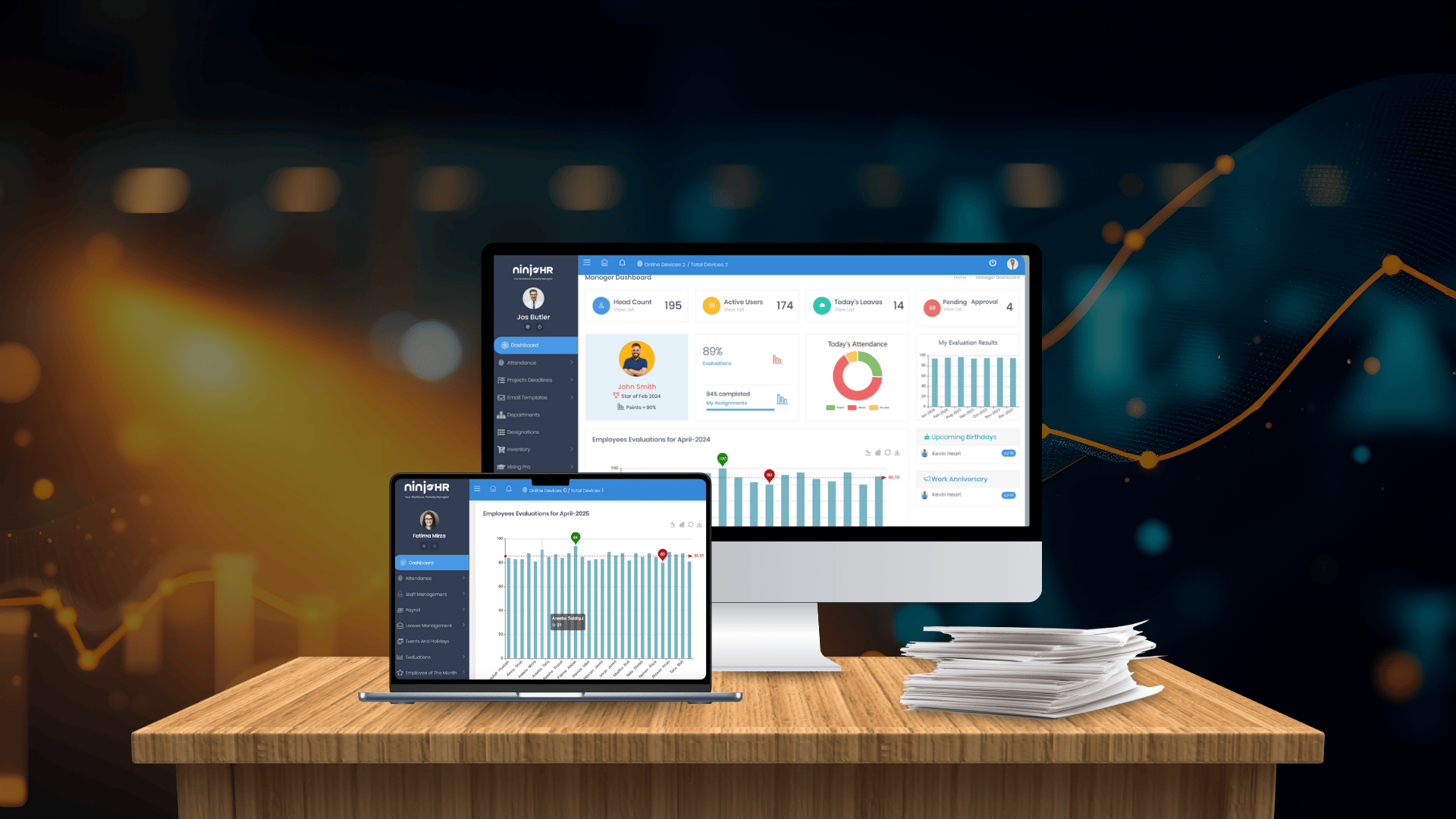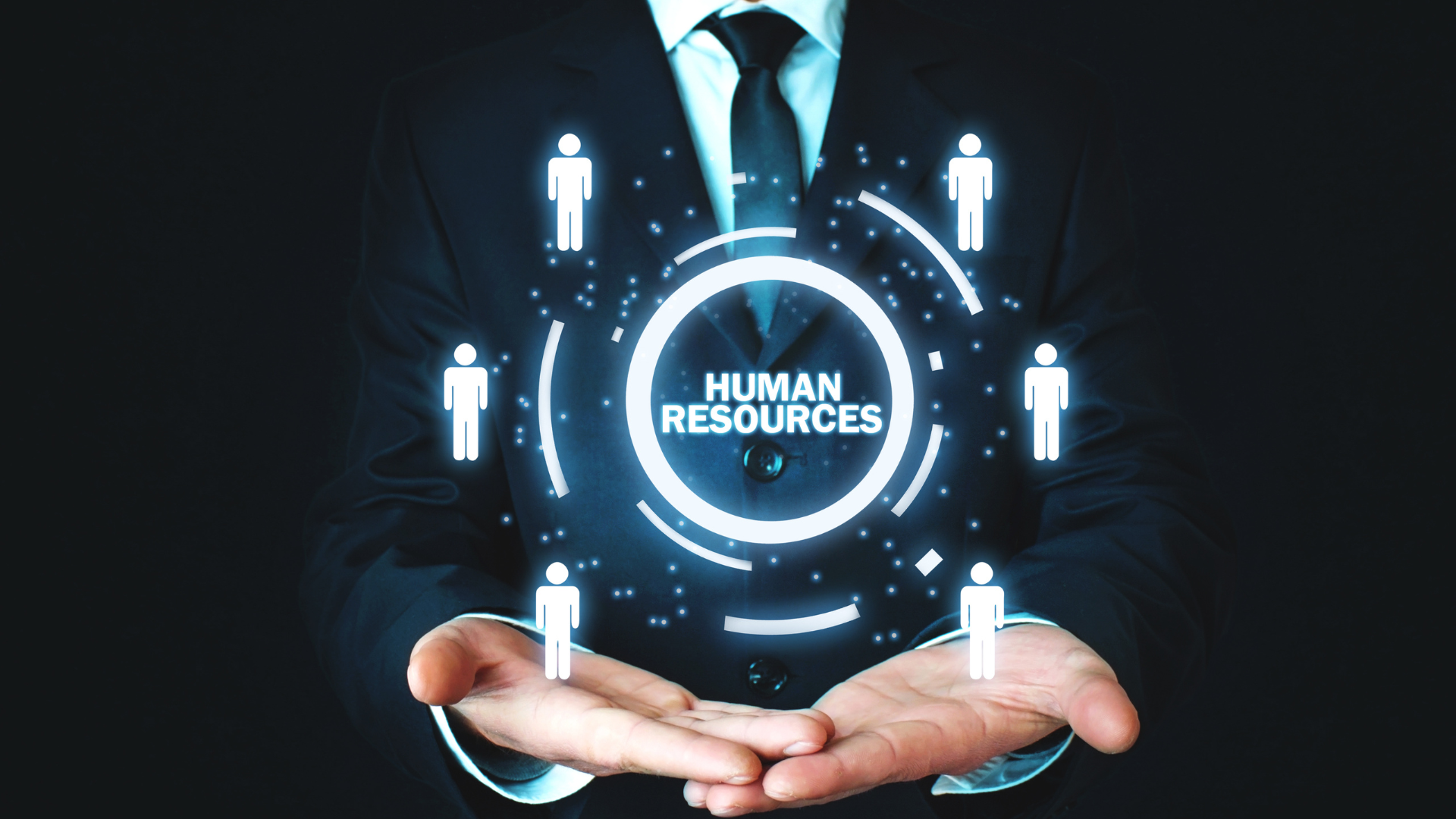What’s New in HR Automation—and How It Benefits You Immediately
HR automation has evolved more in the past three years than in the previous three decades. What was once a department driven by paperwork, spreadsheets, and endless manual workflows is now becoming fully intelligent, predictive, and deeply connected to business growth. Today’s HR automation isn’t just about speed—it’s about accuracy, strategy, and giving HR leaders the ability to make smarter decisions faster. With platforms like NINJA HR leading the shift, organizations of all sizes are discovering immediate, measurable benefits from new HR technologies. In this 3000-word deep dive, we explore what’s changed, what’s new, and why it matters for every HR team aiming to work smarter—not harder.
The New Era of HR Automation
HR automation used to be simple: converting manual tasks into digital checklists. Today, it’s a powerhouse of interconnected systems that use artificial intelligence, machine learning, and behavioral analytics to eliminate repetitive work and guide strategic HR decisions. Modern automation goes beyond task completion and becomes a partner in HR operations. It understands employee behavior, predicts trends, assists with compliance, improves accuracy, and connects every corner of the HR lifecycle. HR automation today is built on three pillars: intelligence, integration, and insight.
AI-Powered Decision Support
One of the biggest advancements in HR automation is AI-driven decision support. Instead of relying on manual analysis or fragmented data, modern HRMS platforms use AI to interpret employee patterns, identify early warning signals, and predict potential outcomes. NINJA HR’s AI engine, for example, analyzes attendance, engagement, and performance data to guide better decisions. It helps HR leaders spot risks like disengagement or turnover before they escalate, allowing proactive intervention.
Automated Recruitment Intelligence
Recruitment automation has become smarter, faster, and more accurate. Resume scanning is no longer just keyword-based—instead, AI evaluates skill relevance, experience alignment, and cultural fit. NINJA HR’s recruitment automation ranks candidates, predicts their performance potential, and accelerates screening processes. Automated interview scheduling, chatbot-assisted candidate communication, and instant shortlisting reduce hiring time dramatically.
Advanced Employee Self-Service Tools
Today’s employees expect seamless digital experiences. Modern HR automation includes advanced self-service portals powered by AI. Whether it’s applying for leave, checking PTO balances, updating documents, requesting letters, or viewing payslips, everything is instant and automated. NINJA HR offers responsive self-service dashboards that reduce workload for HR teams while boosting employee satisfaction. It helps employees manage their workflow efficiently without relying on HR intervention for routine queries.
Next-Level Attendance and Time Tracking
Forget punch cards and manual attendance logs. HR automation now integrates biometric devices, GPS tracking for field teams, geofencing, facial recognition, and automated compliance alerts. NINJA HR syncs attendance in real time and ensures accurate shift tracking, overtime calculation, and leave synchronization. This eliminates payroll discrepancies and reduces time theft.
Automated Learning and Development Programs
Training has become personalized thanks to AI. Modern HR automation analyzes employee skills, performance data, and future role requirements to create tailored learning paths. NINJA HR recommends courses, tracks completion, and provides learning analytics so companies can measure training impact. Automated reminders, mobile-friendly learning modules, and seamless LMS integration keep development ongoing and structured.
Smarter Payroll and Compliance Automation
Payroll mistakes are one of the biggest pain points in HR. New HR automation tools calculate salary adjustments, track attendance, apply tax updates, manage reimbursements, and generate payslips automatically. NINJA HR uses compliance automation to stay updated on regional labor laws and policies to reduce manual errors. Built-in validation checks ensure every payroll cycle runs smoothly and accurately.
Real-Time Analytics for Better HR Leadership
Modern HR automation delivers real-time dashboards that present data in digestible visual formats. Whether it’s workforce analytics, performance trends, turnover patterns, or engagement insights, HR leaders get instant visibility. NINJA HR offers customizable dashboards that allow leaders to filter metrics by team, department, location, or role. With predictive analytics, HR can plan proactively rather than reactively.
Workflow Automation That Reduces Chaos
Automation is no longer about isolated tasks—it’s about end-to-end workflows. NINJA HR automates processes like onboarding, offboarding, policy updates, asset allocation, probation evaluation, and leave approvals. Workflows trigger automatically based on specific actions or events. This eliminates missed steps, reduces HR workload, and ensures consistent employee experience.
Modern Onboarding and Offboarding Automation
Onboarding is one of the most critical HR responsibilities. Modern automation offers digital forms, automated document collection, onboarding checklists, e-signatures, and scheduled training sessions. NINJA HR ensures every new hire is guided through a seamless onboarding journey. Similarly, offboarding automation prevents compliance gaps, ensures proper documentation, and protects organizational data.
Chatbots and Virtual HR Assistants
AI chatbots allow employees to get instant answers to HR questions like policies, PTO, payroll status, and more. NINJA HR’s AI chat assistant reduces HR’s workload by answering repetitive questions 24/7. It improves accessibility, reduces resolution time, and enhances employee engagement.
Immediate Benefits of Modern HR Automation
The best part about today’s HR automation? The benefits begin immediately. Unlike older systems that required long learning curves, NINJA HR offers user-friendly interfaces and intuitive controls designed for HR teams of all sizes. Organizations see fast improvements in accuracy, time savings, engagement, and decision quality.
Instant Time Savings
HR teams reclaim hours each week by eliminating repetitive tasks. Automated workflows streamline approvals, minimize follow-ups, and ensure tasks are completed without manual effort. Recruiters no longer sift through hundreds of resumes, managers don’t chase timesheets, and payroll teams avoid hours of reconciliation work.
Cost Reductions from Day One
Automation reduces hiring costs, payroll errors, compliance penalties, and administrative overhead. By centralizing HR processes, organizations reduce dependency on multiple software tools and subscriptions. Predictive turnover analytics minimize replacement costs by identifying at-risk employees early.
Better HR Accuracy and Compliance
Mistakes are expensive—and HR automation eliminates most of them. Automated attendance tracking, payroll calculations, and compliance alerts ensure HR stays accurate and audit-ready. Real-time validation checks help avoid errors that could result in penalties or disputes.
Improved Employee Experience
Modern HR automation gives employees control over their experience. Easy access to documents, clear visibility into their data, and instant responses through chatbots create a more empowered workforce. Engaged employees are more productive, loyal, and aligned with company goals.
Increased HR Productivity
With repetitive tasks automated, HR professionals finally have time for what truly matters: culture building, engagement strategies, talent development, and leadership. Automation shifts HR from administrative work to strategic influence.
Smarter Decision-Making
Data becomes a superpower for HR teams using NINJA HR. Real-time analytics reveal issues early, predict future challenges, and offer actionable insights. Leaders make faster, more accurate, and more strategic decisions—backed by data, not guesswork.
Future-Proofing HR
Modern HR automation evolves continuously. AI learns as the organization grows, making recommendations more accurate over time. With hybrid work models on the rise, automation ensures HR operations remain seamless, scalable, and adaptive.
Conclusion
HR automation has entered a revolutionary stage where intelligence, predictive analytics, and seamless workflows redefine how HR teams operate. What’s new in HR automation today is not just better technology—it’s a fundamentally better way of working. Platforms like NINJA HR empower HR leaders to automate tasks, improve compliance, elevate employee experience, and drive strategic growth. And the best part? The benefits start immediately. From faster processes to better decision-making, HR automation is no longer a future luxury—it is a present necessity that transforms HR from a reactive function into a proactive, data-driven powerhouse.









